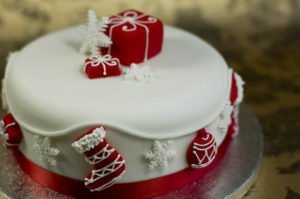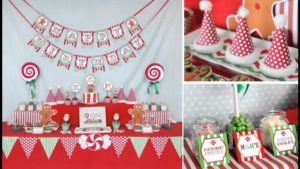Halloween, also known as All Halloween, All Hallows’ Eve, or All Saints’ Eve, is a celebration observed in a number of countries on 31 October, the eve of the Western Christian feast of All Hallows’ Day.
Halloween is being very popular this days and why not people of all ages including kids have most joyful and fun time to celebrate it. So here we are to give you brief by 11 awesome reasons why you should celebrate Halloween…Enjoy..!!
11 Awesome Reasons Why People Celebrate Halloween

-
Halloween History & Culture

Halloween is a holiday celebrated on the night of October 31. The word Halloween is a shortening of All Hallows’ Evening also known as Hallowe’en or All Hallows’ Eve. Traditional activities include trick-or-treating, bonfires, costume parties, visiting “haunted houses” and carving jack-o-lanterns. Irish and Scottish immigrants carried versions of the tradition to North America in the nineteenth century. Other western countries embraced the holiday in the late twentieth century including Ireland, the United States, Canada, Puerto Rico and the United Kingdom as well as of Australia and New Zealand.
Halloween has its origins in the ancient Celtic festival known as Samhain (pronounced “sah-win”). The festival of Samhain is a celebration of the end of the harvest season in Gaelic culture. Samhain was a time used by the ancient pagans to take stock of supplies and prepare for winter. The ancient Gaels believed that on October 31, the boundaries between the worlds of the living and the dead overlapped and the deceased would come back to life and cause havoc such as sickness or damaged crops.
The festival would frequently involve bonfires. It is believed that the fires attracted insects to the area which attracted bats to the area. These are additional attributes of the history of Halloween.
Masks and costumes were worn in an attempt to mimic the evil spirits or appease them.
Trick-or-treating, is an activity for children on or around Halloween in which they proceed from house to house in costumes, asking for treats such as confectionery with the question, “Trick or treat?” The “trick” part of “trick or treat” is a threat to play a trick on the homeowner or his property if no treat is given. Trick-or-treating is one of the main traditions of Halloween. It has become socially expected that if one lives in a neighborhood with children one should purchase treats in preparation for trick-or-treat.
The history of Halloween has evolved. The activity is popular in the United States, the United Kingdom, Ireland, Canada, and due to increased American cultural influence in recent years, imported through exposure to US television and other media, trick-or-treating has started to occur among children in many parts of Europe, and in the Saudi Aramco camps of Dhahran, Akaria compounds and Ras Tanura in Saudi Arabia. The most significant growth and resistance is in the United Kingdom, where the police have threatened to prosecute parents who allow their children to carry out the “trick” element. In continental Europe, where the commerce-driven importation of Halloween is seen with more skepticism, numerous destructive or illegal “tricks” and police warnings have further raised suspicion about this game and Halloween in general.
In Ohio, Iowa, and Massachusetts, the night designated for Trick-or-treating is often referred to as Beggars Night.
Part of the history of Halloween is Halloween costumes. The practice of dressing up in costumes and begging door to door for treats on holidays goes back to the Middle Ages, and includes Christmas wassailing. Trick-or-treating resembles the late medieval practice of “souling,” when poor folk would go door to door on Hallowmas (November 1), receiving food in return for prayers for the dead on All Souls Day (November 2). It originated in Ireland and Britain, although similar practices for the souls of the dead were found as far south as Italy. Shakespeare mentions the practice in his comedy The Two Gentlemen of Verona (1593), when Speed accuses his master of “puling [whimpering, whining], like a beggar at Hallowmas.”
Yet there is no evidence that souling was ever practiced in America, and trick-or-treating may have developed in America independent of any Irish or British antecedent. There is little primary Halloween history documentation of masking or costuming on Halloween in Ireland, the UK, or America before 1900. The earliest known reference to ritual begging on Halloween in English speaking North America occurs in 1911, when a newspaper in Kingston, Ontario, near the border of upstate New York, reported that it was normal for the smaller children to go street guising (see below) on Halloween between 6 and 7 p.m., visiting shops and neighbors to be rewarded with nuts and candies for their rhymes and songs. Another isolated reference appears, place unknown, in 1915, with a third reference in Chicago in 1920. The thousands of Halloween postcards produced between the turn of the 20th century and the 1920s commonly show children but do not depict trick-or-treating. Ruth Edna Kelley, in her 1919 history of the holiday, The Book of Hallowe’en, makes no mention of such a custom in the chapter “Hallowe’en in America.” It does not seem to have become a widespread practice until the 1930s, with the earliest known uses in print of the term “trick or treat” appearing in 1934, and the first use in a national publication occurring in 1939. Thus, although a quarter million Scots-Irish immigrated to America between 1717 and 1770, the Irish Potato Famine brought almost a million immigrants in 1845-1849, and British and Irish immigration to America peaked in the 1880s, ritualized begging on Halloween was virtually unknown in America until generations later.
Trick-or-treating spread from the western United States eastward, stalled by sugar rationing that began in April 1942 during World War II and did not end until June 1947.
Early national attention to trick-or-treating was given in October 1947 issues of the children’s magazines Jack and Jill and Children’s Activities, and by Halloween episodes of the network radio programs The Baby Snooks Show in 1946 and The Jack Benny Show and The Adventures of Ozzie and Harriet in 1948. The custom had become firmly established in popular culture by 1952, when Walt Disney portrayed it in the cartoon Trick or Treat, Ozzie and Harriet were besieged by trick-or-treaters on an episode of their television show, and UNICEF first conducted a national campaign for children to raise funds for the charity while trick-or-treating.
Trick-or-treating on the prairie. Although some popular histories of Halloween have characterized trick-or-treating as an adult invention to re-channel Halloween activities away from vandalism, nothing in the historical record supports this theory. To the contrary, adults, as reported in newspapers from the mid-1930s to the mid-1950s, typically saw it as a form of extortion, with reactions ranging from bemused indulgence to anger. Likewise, as portrayed on radio shows, children would have to explain what trick-or-treating was to puzzled adults, and not the other way around. Sometimes even the children protested: for Halloween 1948, members of the Madison Square Boys Club in New York City carried a parade banner that read “American Boys Don’t Beg.”
-
Why is Halloween Celebrated?
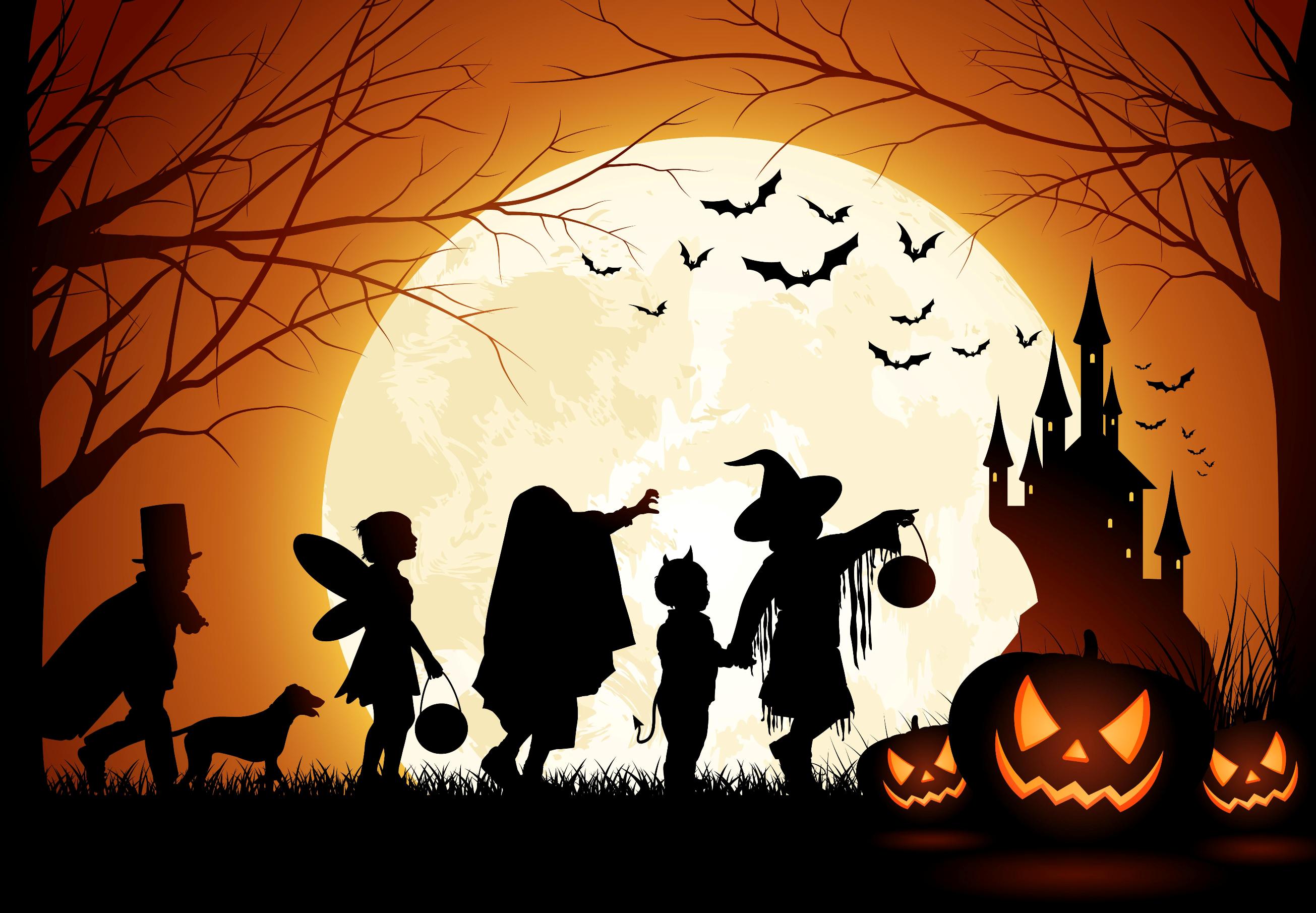
There are 7 billion people in the world, Following various religions and beliefs. Every religion has their own set of festivals to celebrate among-st them few are celebrated to remember the loved ones who aren’t with them anymore. For a lot of communities its considered as a taboo.
-
Can Christian Celebrate Halloween?
Finding the answer to this question has been an interesting journey in itself. I interviewed several people and then researched what many leading Christian writers, authors and spokesmen have written about the subject. I also searched various websites such as christianitytoday.com, focusonthefamily.org, and cbn.com to read what others might be saying. What I found was an agreement on the origins of Halloween, but a mixture of recommendations about allowing our children to participate in this super-charged media driven holiday.
Shock” is the only word to describe what I found. Halloween is a real, sacred day for those who follow Wicca. In fact, it is one of two high and holy days for them. The Celtic belief of spirits being released is current, along with the worship of Samhain (the lord of death) – both are promoted as something to embrace on that day. There is no question in my mind that to those who believe and follow the practices of witchcraft, Halloween represents an opportunity to embrace the evil, devilish, dark side of the spiritual world.
So after discovering this, what is a reasonable conclusion? As Christians you and I are placed in this world to be a light in a world of darkness. There is no lasting benefit to ignore a holiday that exists around us, but it also does harm to celebrate Halloween as it has originated and grown over the centuries.
-
Halloween Around The World
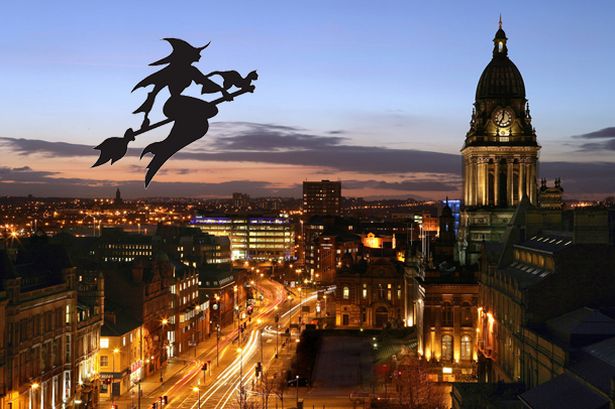

The traditions and importance of Halloween vary greatly among countries that observe it. In Scotland and Ireland, traditional Halloween customs include children dressing up in costume going “guising”, holding parties, while other practices in Ireland include lighting bonfires, and having firework displays. In Brittany children would play practical jokes by setting candles inside skulls in graveyards to frighten visitors. Mass transatlantic immigration in the 19th century popularized Halloween in North America, and celebration in the United States and Canada has had a significant impact on how the event is observed in other nations. This larger North American influence, particularly in iconic and commercial elements, has extended to places such as South America, Australia, New Zealand (most) continental Europe, Japan, and other parts of East Asia In the Philippines, during Halloween, Filipinos return to their hometowns and purchase candles and flowers, in preparation for the following All Saints Day (Araw ng mga Patay) on 1 November and All Souls Day —though it falls on 2 November, most of them observe it on the day before.[
-
Halloween Fun & Celebration
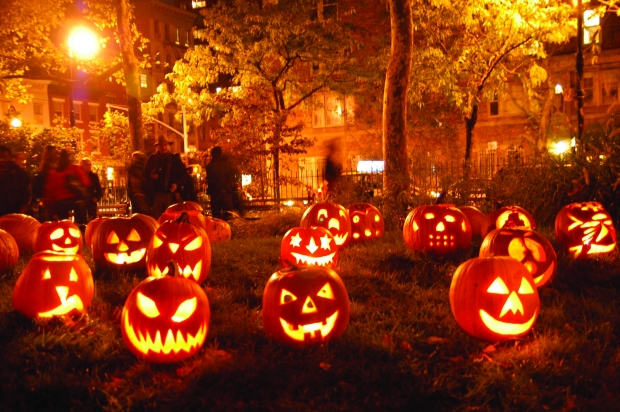

Halloween is a festival where you can celebrate it with family including kids, friends and have so much fun things to do and celebrate it. Halloween is a festival when you can make your look fascinating by costumes and makeup. You can make great looking decoration for your home, invite guests have party and fun. So what are you waiting for? Just enjoy this awesome festival called Halloween.
-
Halloween Pranks
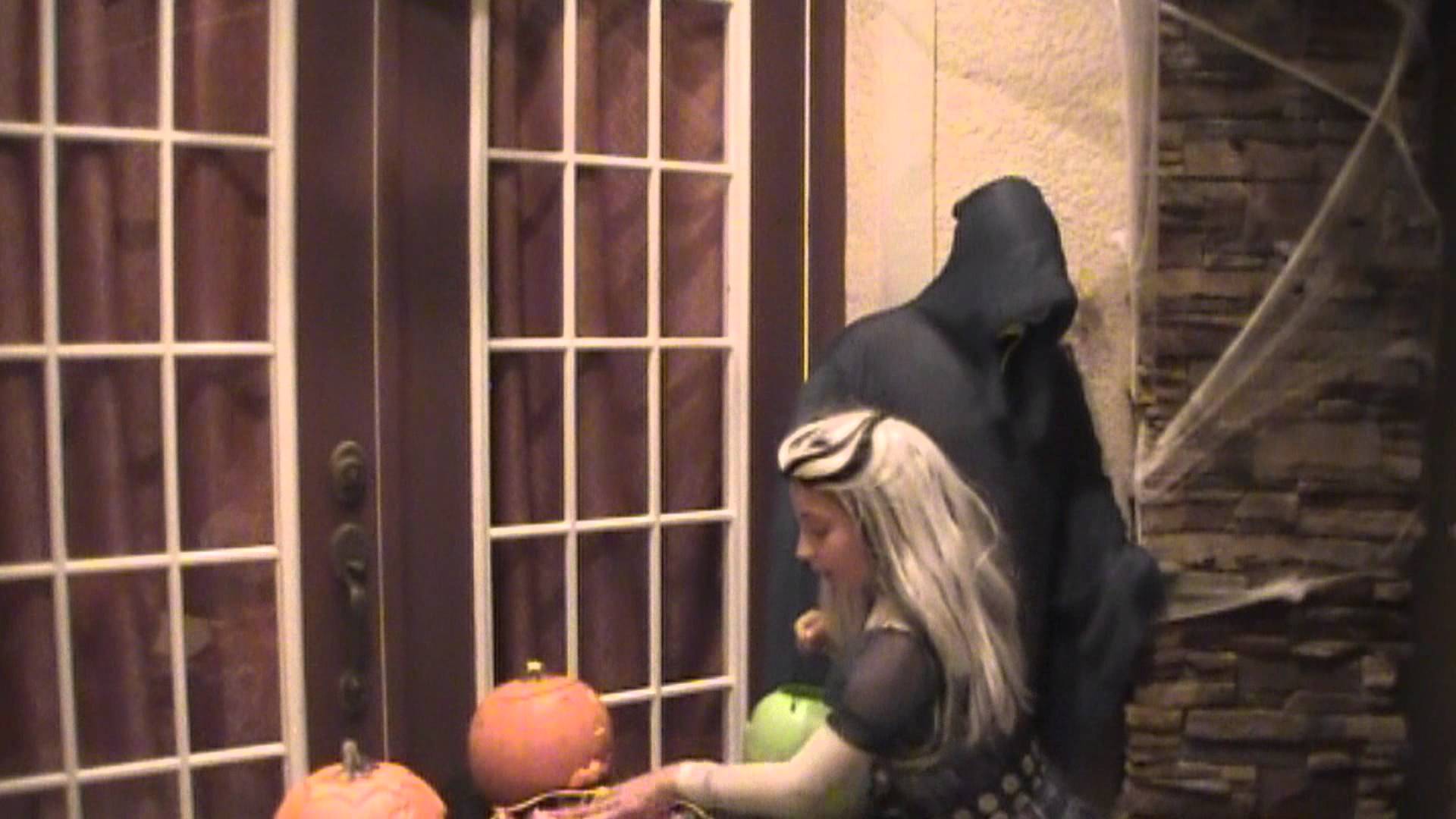
Lately, pranks were an immensely popular part of the Halloween celebration. people make pranks for fun and joy, It is an amazing thing to do for joyful celebration. Sometimes the pranks were very extreme So, people around the world shifted the focus to just the candy and costumes. Which is a very good move i must say.
-
Halloween Decorations

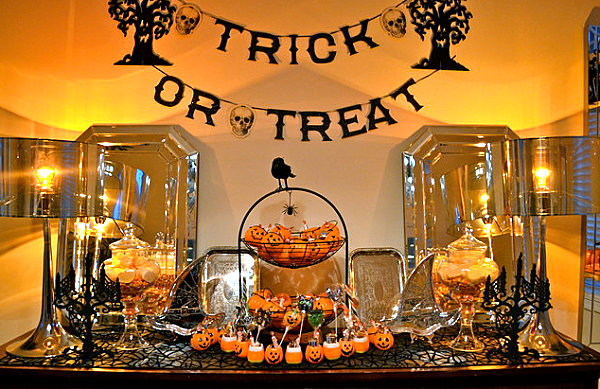

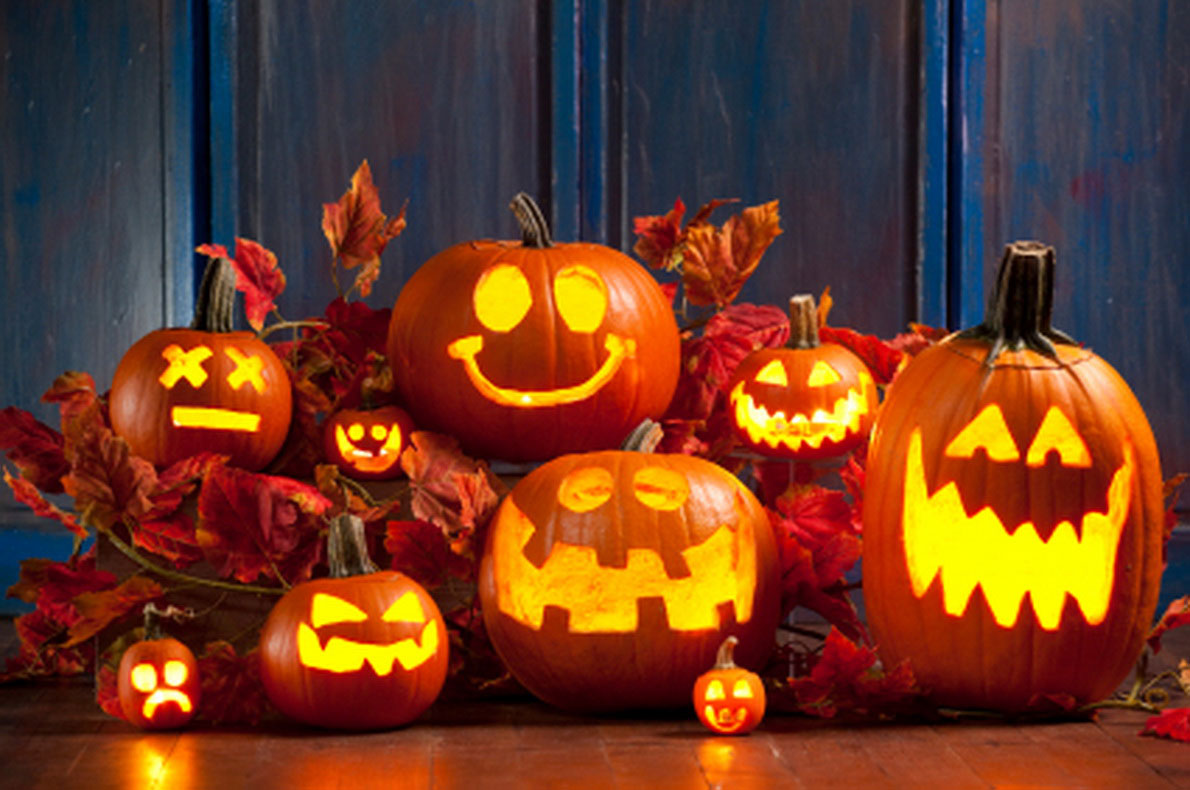
Every October, carved pumpkins peer out from porches and doorsteps in the United States and other parts of the world.Gourd-like orange fruits inscribed with ghoulish faces and illuminated by candles are a sure sign of the Halloween season. The practice of decorating “jack-o’-lanterns”—the name comes from an Irish folktale about a man named Stingy Jack—originated in Ireland, where large turnips and potatoes served as an early canvas. Irish immigrants brought the tradition to America, home of the pumpkin, and it became an integral part of Halloween festivities.
People have been making jack-o’-lanterns at Halloween for centuries. The practice originated from an Irish myth about a man nicknamed “Stingy Jack.” According to the story, Stingy Jack invited the Devil to have a drink with him. True to his name, Stingy Jack didn’t want to pay for his drink, so he convinced the Devil to turn himself into a coin that Jack could use to buy their drinks. Once the Devil did so, Jack decided to keep the money and put it into his pocket next to a silver cross, which prevented the Devil from changing back into his original form. Jack eventually freed the Devil, under the condition that he would not bother Jack for one year and that, should Jack die, he would not claim his soul. The next year, Jack again tricked the Devil into climbing into a tree to pick a piece of fruit. While he was up in the tree, Jack carved a sign of the cross into the tree’s bark so that the Devil could not come down until the Devil promised Jack not to bother him for ten more years. Initially they were carved from beet roots, potatoes and turnips.
-
Halloween Costumes

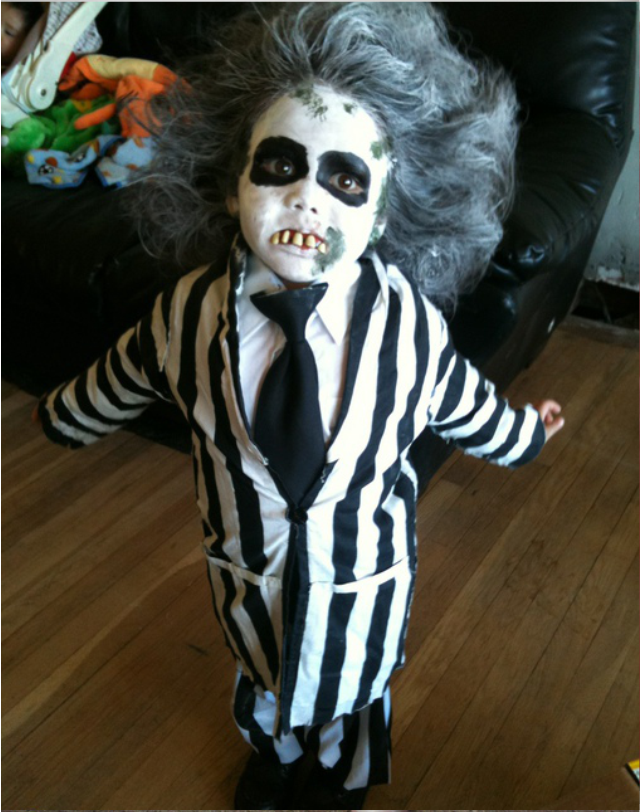
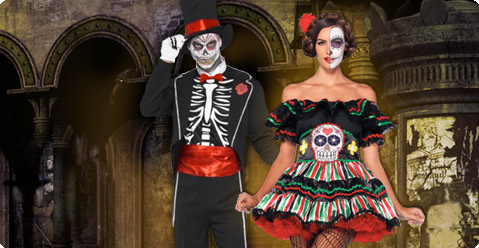
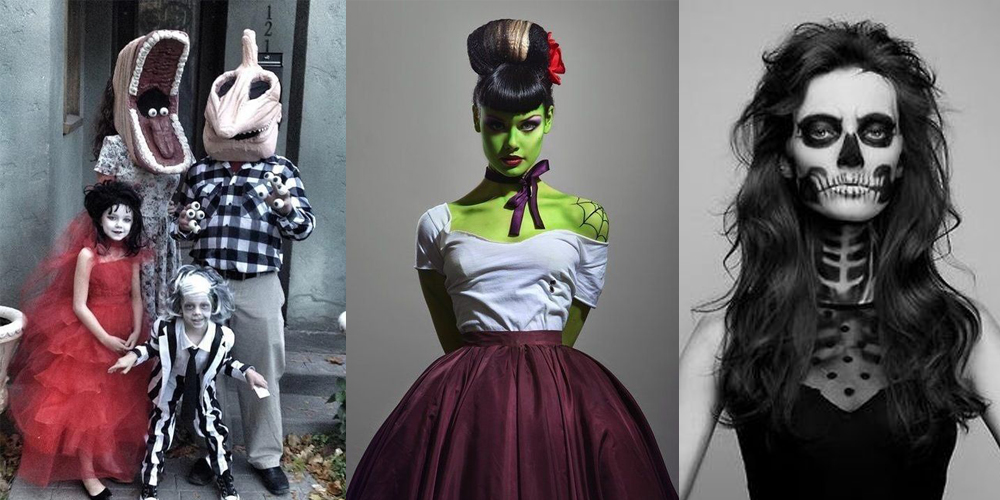
The wearing of costumes at Halloween may come from the belief that supernatural beings, or the souls of the dead, roamed the earth at this time. The makeup is kind of similar to what they wear, related to supernatural beings. Trending are the skulls and other ghostly and dark sides.
-
Halloween Makeup




As you can see that costumes are very important part of Halloween celebration you can make that costume look amazing by creating makeup to enhance the beauty of your look and the popular makeup for Halloween are scary,spooky,angel,demon,animal,famous movie character,etc.Believe me this is one of the foremost aspect for Halloween celebration and people love it.
-
Halloween For Kids

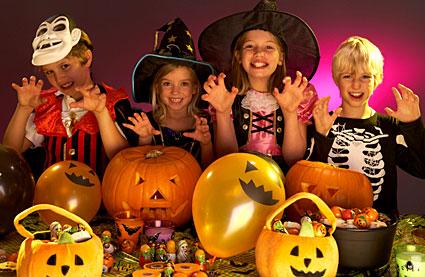
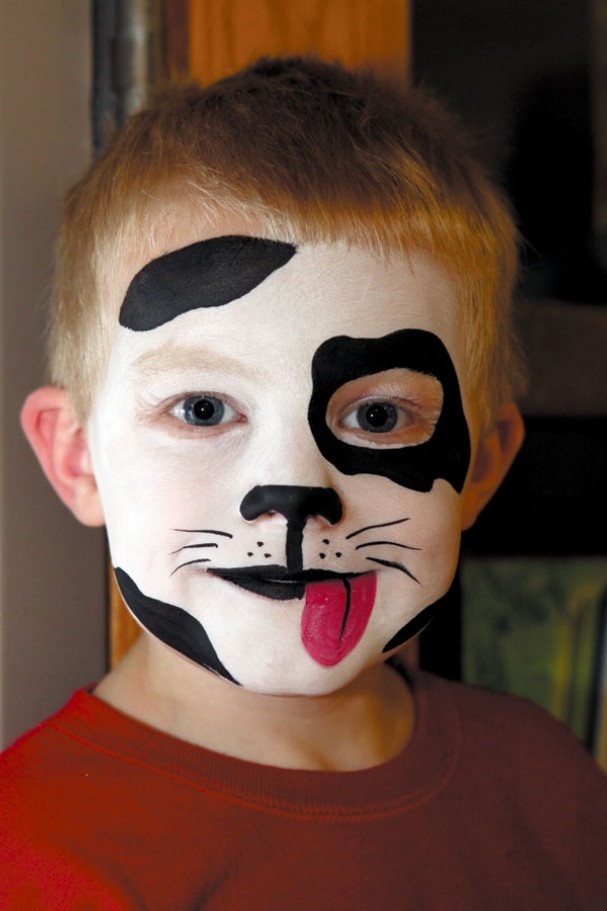
The very usual tradition of Halloween is that people visit parties with their kids and kids love this celebration of Halloween because they find it very joyful they have curiosity for all those things like fancy costumes, makeup and many more things, That are designed and inspired from the supernatural characters like ghosts, witches and vampires. People visit parties with their kids and play games like apple bobbing and carving pumpkins into jack-o’-lanterns to have the great fun of the event.
-
Halloween Surveys
Halloween is a festival of fun, joy and many more things. It is also very popular among people this days. There are lot of things you can do in this festival as i mentioned above some of the aspects. There are many popular surveys done for Halloween activities such as mentioned below here…
What are you going to be for Halloween this year?
What is your favorite part of Halloween?
Will you be making your costume yourself?
What was your best Halloween costume?
What is your favorite Halloween character?
What was your worst Halloween costume?
Will you be having a Halloween party this year?
How many houses will you trick or treat at?
What is the best thing you have received when trick or treating?
Have you ever watched scary movies at Halloween?
Do you get afraid during Halloween night?
What was your best Halloween memory?
What is your favorite Halloween monster?

